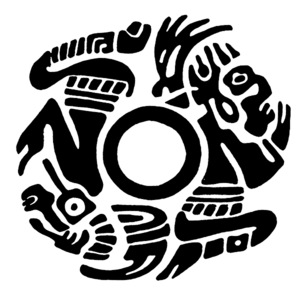About Son del Centro
Since its beginnings as a small class in 2002, Son Del Centro has developed several generations of musicians through workshops and presentations, always maintaining as its base the fandango and community work. Formed out of the Centro Cultural de Mexico, a community center and organizing space in Santa Ana, Son del Centro seeks to uphold the Centro’s principles – Community Solidarity, Personal Responsibility, Participatory Democracy, and Social Imagination.
The Son Jarocho program is also a source of income for the Centro and other collaborative projects, just as it maintains a free space to practice and defend Mexican culture, despite the difficult realities faced by the immigrant community. Son del Centro is made up of diverse youth and adults – students, workers, teachers, and organizers – who continue learning from the fandango in order to share the values of traditional forms of life, work, and community.
Desde sus inicios como una pequeña claes en 2002, Son del Centro ha desarrollado varias generaciones de músicos a través de talleres y presentaciones, siempre manteniendo como base el fandango y el trabajo comunitario. Formado a partir del Centro Cultural de México, un centro comunitario y espacio de organización en Santa Ana, Son del Centro busca defender los principios del Centro: solidaridad comunitaria, responsabilidad personal, democracia participativa e imaginación social. El programa Son Jarocho también es una fuente de ingresos para el Centro y otros proyectos colaborativos, así como mantiene un espacio libre para practicar y defender la cultura mexicana, a pesar de las difíciles realidades que enfrenta la comunidad inmigrante. Son del Centro está formado por diversos jóvenes y adultos - estudiantes, trabajadores, docentes y organizadores - que continúan aprendiendo del fandango para compartir los valores de las formas tradicionales de vida, trabajo y comunidad.
Son jarocho workshop at our space on Birch St. in Santa Ana, California
It all started when…
Marco Amador brought six jaranas from Veracruz, Mexico and started volunteering his time teaching a small group of people including Luis Sarmiento how to play jarana and about the fandango.

